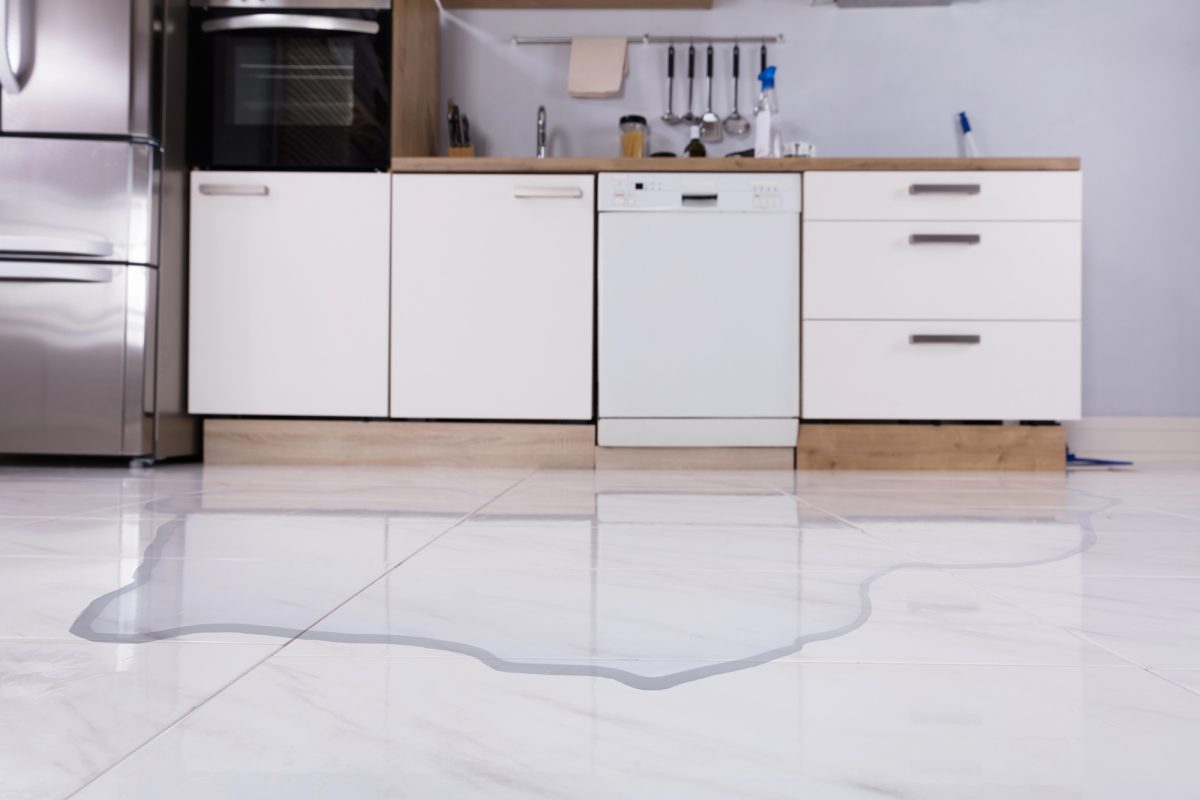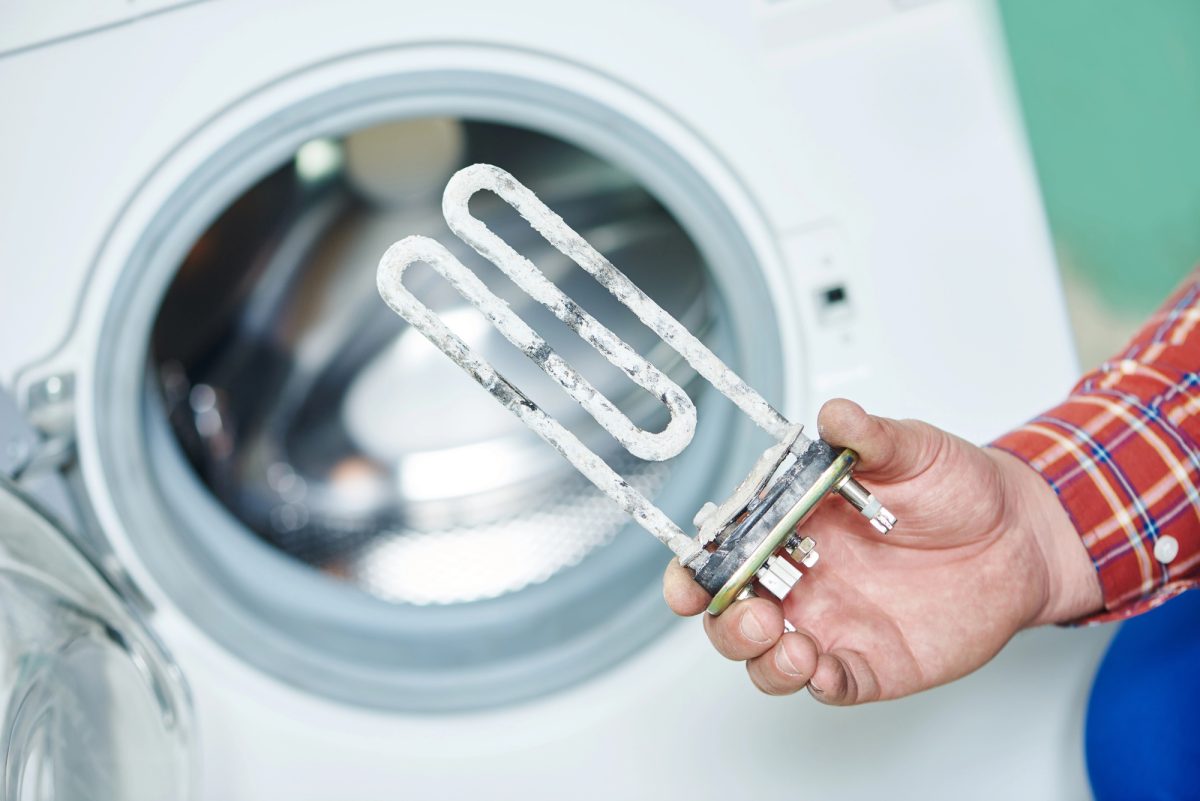Dishwashers have become a staple in modern kitchens, offering convenience and efficiency in cleaning dishes. However, like any appliance, they can encounter problems over time. When a dishwasher malfunctions, it’s tempting to try and fix the issue yourself. While DIY repairs can be cheaper, misdiagnosing the problem can lead to further damage and costlier repairs. Let’s discuss common mistakes made when diagnosing dishwasher problems and how to avoid them.
Common Dishwasher Issues
Before explaining misdiagnoses, it’s helpful to know some common problems that dishwashers can encounter:
- Not Draining Properly: Water remains at the bottom of the dishwasher after a cycle.
- Not Cleaning Dishes: Dishes come out dirty or with residue.
- Leaking: Water leaks from the dishwasher during operation.
- Not Filling with Water: The dishwasher doesn’t get enough water to clean dishes.
- Noisy Operation: Unusual noises during the wash cycle.
- Door Latch Problems: The door doesn’t close or latch properly.
Mistake 1: Assuming the Issue is Always Electrical
One of the most common mistakes is jumping to the conclusion that any problem with the dishwasher is electrical. While electrical issues can be the cause, they are not always the culprit. For instance, a dishwasher that doesn’t start could be due to a faulty door latch, not an electrical fault.
How to Avoid
- Check Mechanical Components: Ensure that parts like the door latch, float switch, and spray arms are functioning properly.
- Inspect for Obstructions: Look for any blockages in the filters or drains that might be causing the issue.
Mistake 2: Ignoring the Water Supply
Another frequent error is overlooking the water supply. Problems such as the dishwasher not filling with water are often due to issues with the water inlet valve or the home’s water supply, not the dishwasher itself.
How to Avoid
- Verify Water Supply: Check that the water supply line is open and supplying water.
- Inspect Inlet Valve: Make sure the water inlet valve is not clogged or malfunctioning.
Mistake 3: Misinterpreting Error Codes
Modern dishwashers often come with digital displays that show error codes when something goes wrong. Misinterpreting these codes can lead to incorrect diagnoses and ineffective repairs.
How to Avoid
- Consult the Manual: Refer to the dishwasher’s manual to understand what the error codes mean.
- Use Reliable Sources: Look up error codes on the manufacturer’s website or trusted repair forums.
Mistake 4: Overlooking the Drainage System
A common mistake is to overlook the dishwasher’s drainage system when diagnosing problems. Issues like water not draining properly or leaking can often be traced back to clogs or blockages in the drainage system.
How to Avoid This Mistake
- Check the Drain Hose: Make sure that the drain hose is not kinked or clogged.
- Clean Filters: Regularly clean the dishwasher’s filters to prevent blockages.
Mistake 5: Not Checking the Float Switch
The float switch is a small device inside the dishwasher that helps control the water level. If the float switch is stuck or malfunctioning, it can prevent the dishwasher from filling with water or cause it to overflow.
How to Avoid
- Inspect the Float Switch: Make sure the float switch moves freely and is not obstructed.
- Test for Functionality: Use a multimeter to test the float switch for continuity.
Mistake 6: Forgetting to Check for Leaks
Leaks can be deceptive, often appearing as minor issues but indicating more significant underlying problems. Misdiagnosing a leak can lead to improper repairs and further damage to your kitchen.
How to Avoid
- Inspect Seals and Gaskets: Check the door seal and gaskets for wear and tear.
- Look for Loose Connections: Ensure that all hose connections are tight and secure.
Mistake 7: Overlooking Routine Maintenance
Sometimes, the problem is not a malfunction but a lack of routine maintenance. Ignoring regular cleaning and upkeep can lead to build-up and performance issues.
How to Avoid
- Clean Regularly: Clean the dishwasher’s interior, including the spray arms, filters, and door seals, regularly.
- Run Maintenance Cycles: Use dishwasher cleaners to run maintenance cycles and keep the appliance in good condition.
When to Call a Professional
While DIY repairs can save money, some issues are best left to professionals. If you’ve tried troubleshooting and the problem persists, or if you’re unsure about your diagnosis, it’s time to call in an expert.
Benefits of Professional Repair
- Accurate Diagnosis: Professionals have the tools and expertise to correctly identify the problem.
- Safety: Trained technicians can safely handle electrical components and avoid potential hazards.
- Efficiency: Professionals can quickly and efficiently repair your dishwasher, saving you time and frustration.
Conclusion
Diagnosing dishwasher issues correctly is vital for effective repairs and maintaining the longevity of your appliance. At Hilton Appliances, we’re here to help with all your dishwasher repair needs in Perth. Contact us for reliable, expert service that will get your dishwasher back in working order.




